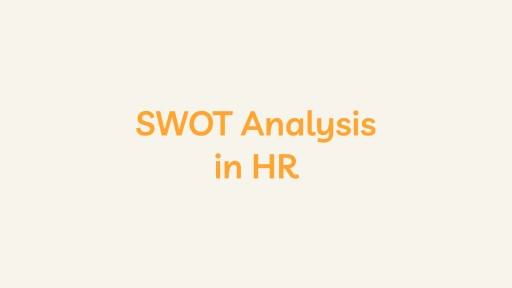What is PEST Analysis in HR?
A PEST analysis in Human Resources (HR) is a strategic tool used to evaluate and understand the external macro-environmental factors that can impact the HR function within an organization. PEST stands for Political, Economic, Social, and Technological factors, and the analysis involves assessing the influence of these factors on HR policies, practices, and overall workforce management.
PEST analysis in the context of HR
- Political Factors:
- Political factors influence government policies, regulations, and political stability on HR practices. This includes labor laws, employment regulations, workplace safety standards, and other legislative aspects that shape how organizations manage their workforce. For example, changes in employment laws may impact recruitment processes, employee benefits, and compliance requirements.
- Economic Factors:
- Economic factors consider the broader economic conditions that affect HR functions. This includes factors such as inflation rates, unemployment rates, economic growth, and currency exchange rates. Economic downturns may lead to budget constraints, affecting HR hiring, training, and compensation strategies.
- Social Factors:
- Social factors encompass societal influences on HR practices. This includes demographic trends, cultural norms, diversity and inclusion considerations, and changes in employee expectations. Social factors can impact talent acquisition strategies, employee engagement initiatives, and the design of workplace policies to align with evolving social dynamics.
- Technological Factors:
- Technological factors focus on the impact of advancements in technology on HR processes. This includes the adoption of HR software, automation of routine tasks, the use of artificial intelligence in recruitment, and the implementation of digital learning platforms. HR professionals must stay abreast of technological trends to enhance efficiency and stay competitive in talent management.
Application of PEST Analysis in HR
- Strategic Workforce Planning:
- By understanding political, economic, social, and technological factors, HR can better anticipate changes in workforce demand and plan strategically for talent acquisition, development, and retention.
- Compliance Management:
- Political factors, including changes in employment laws, can significantly impact HR compliance requirements. Regular PEST analysis helps HR stay compliant with evolving legal frameworks.
- Talent Acquisition and Retention:
- Economic and social factors influence the availability of talent and employee expectations. HR can use PEST analysis to adjust recruitment strategies and design retention programs that align with prevailing economic and social conditions.
- Technology Integration:
- Technological factors are crucial for HR, especially in adopting HR technologies. PEST analysis helps HR professionals assess the impact of emerging technologies and plan for the integration of tools that enhance efficiency and effectiveness.
- Employee Engagement and Diversity:
- Social factors, such as changing demographics and cultural shifts, influence employee engagement and diversity initiatives. HR can leverage PEST analysis to adapt engagement programs and foster an inclusive workplace culture.
Conclusion
In summary, a PEST analysis in HR provides a systematic framework for evaluating external factors that influence HR practices. By understanding these factors, HR professionals can make informed decisions, adapt their strategies to the external environment, and contribute to the organization’s overall success.





